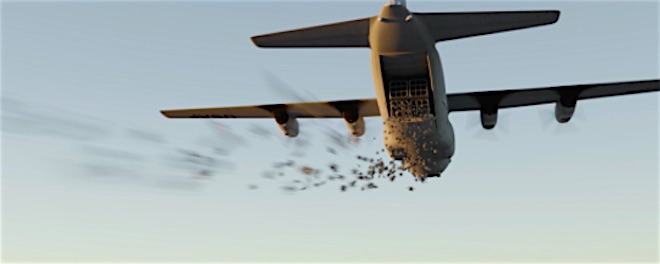
“Machines with the power and discretion to take lives without human involvement are politically unacceptable, morally repugnant and should be prohibited by international law,” - Secretary-General of the United Nations, António Guterres.

“Machines with the power and discretion to take lives without human involvement are politically unacceptable, morally repugnant and should be prohibited by international law,” - Secretary-General of the United Nations, António Guterres.
In his speech, Mr Pyne declared America to be Australia’s “most important ally” and notes “potential adversaries” should understand an attack on Australia is an attack on its alliance with the US.

The group had plans to enter the base three nights before they were arrested, but were discovered by police when they stopped for a rest outside the perimeter fence.

Here in Australia, the next task is to get the ALP to pledge to sign the ban treaty as soon as it takes office. And then, before we can ratify the treaty, the two struggles to bring Australia into compliance will begin. The first is to abandon the bipartisan commitment in our defence policy to reliance on US nuclear protection – the extended nuclear deterrence policy. The second, of course, is the reform of Pine Gap to require the removal of all nuclear-related activities from the base’s operations.

Chansey Paech, the Member of Parliament in which Pine Gap operates, did not score an invitation.